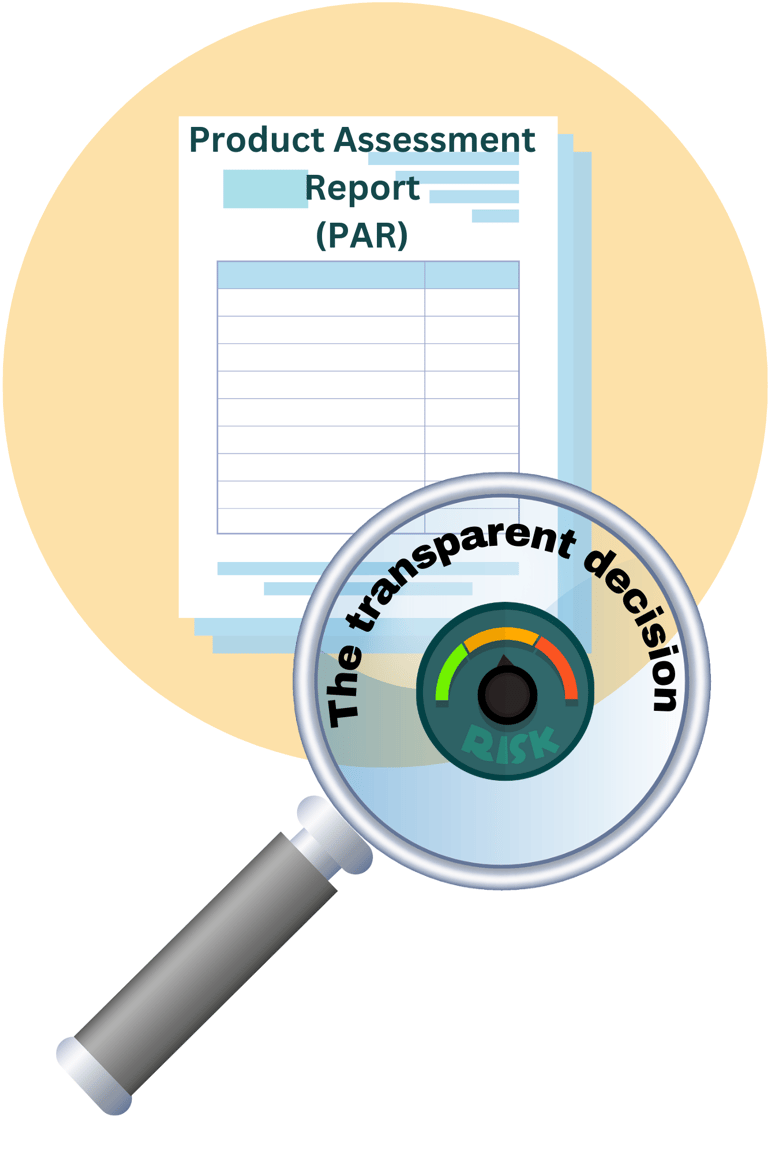Enhancing Transparency in Regulatory Decisions Through Public Availability of Product Assessments
REGULATORY
2 min read


Product Assessment Report (PAR)
It is a document that provides a comprehensive evaluation of a product's safety, efficacy, and quality. PARs are typically prepared by regulatory authorities or independent experts, and they are used to support decisions about whether or not to approve a product for sale or use.
PARs typically include the following information:
A description of the product, including its composition, intended use, and method of administration
A review of the scientific evidence supporting the product's safety, efficacy, and quality
An assessment of the risks and benefits associated with the product's use
A recommendation for whether or not to approve the product for sale or use
Here are some of the benefits of PARs for regulatory authorities, pharmaceutical companies, and the public:
Regulatory authorities:
PARs can help to ensure that the safety and efficacy of pharmaceutical products are adequately evaluated before they are approved for marketing.
PARs can help to identify any potential risks associated with a product and to develop appropriate risk management measures.
PARs can help streamline the regulatory review process by providing regulators with a comprehensive overview of the evidence on a product.
Pharmaceutical companies:
PARs can help to ensure that pharmaceutical products meet regulatory standards and are safe and effective for patients.
PARs can be used to support marketing and sales efforts by providing evidence of the product's benefits.
PARs can help to identify any potential risks associated with a product and to develop appropriate risk management measures.
Public:
PARs provide an important source of information about the safety and efficacy of pharmaceutical products.
PARs can help patients to make informed decisions about their treatment options.
PARs can help patients work with their healthcare professionals to ensure that they are taking the right medications.
PARs are typically publicly available, and they can be a valuable resource for consumers, patients, and healthcare professionals who are making decisions about which products to use. Below are a few examples of PARs that are available to the public:
The European Medicines Agency (EMA) publishes PARs for all new medicines that are authorized for marketing in the European Union.
The US Food and Drug Administration (FDA) publishes PARs for all new drugs and medical devices that are approved for marketing in the United States.
The World Health Organization (WHO) publishes PARs for prequalified medicines, which are medicines that have been evaluated by the WHO and found to meet high standards of quality, safety, and efficacy.
The Egyptian Drug Authority (EDA) publishes PARs for all new pharmaceutical products that are authorized for marketing in Egypt.
Overall, product assessment reports are an important tool for ensuring the safety, efficacy, and quality of pharmaceutical products. They are considered the best strategy for communicating the benefits–risk decisions of regulatory authorities.
"Fair and knowledgeable regulatory decisions are made possible through public access to product assessment reports."
"Open access to product assessments empowers consumers to make informed decisions and drives the industry towards more responsible practices."
